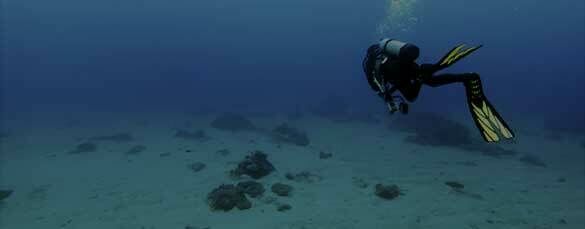Hypertension
[Reviewed 4 December 2022]
Hypertension may predispose to pulmonary oedema when diving (1) and is a risk factor for other cardiovascular events, (e.g. stroke and myocardial infarction) which could prove fatal if they occurred in the water.
Diving is permitted by mild hypertensives if their diastolic blood pressure does not exceed 90 mm Hg and their systolic blood pressure does not exceed 140 mm Hg. If a referee is assessing a diver’s home readings rather than clinic readings the blood pressures must be consistently below 130/80. These pressures are acceptable if they are attained without treatment or by means of approved treatment.
Approved treatments consist of dietary measures including salt restriction, diuretic therapy (when being used to treat hypertension but not if also being used to treat cardiac failure) and low doses of mild vasodilators (e.g. amlodipine or ACE inhibitors). Occasionally a medical referee may approve the use of a low dose of a beta-blocker (preferably cardioselective) or other antihypertensive agent to control hypertension provided the heart rate response to exercise stress is unimpaired. The diver should be able to attain a heart rate which is at least 90% of (220 minus his age in years) beats/minute. If beta-blockers are used there must be no evidence of bronchospasm, preferably assessed by lung function tests performed on and off treatment.
Diving is not permitted even if blood pressure control is adequate if there is evidence of end organ damage resulting from hypertension (i.e. renal, eye or cardiovascular complications, including cardiac enlargement).
References:
1. Wilmshurst PT, Nuri M, Crowther A, Webb-Peploe MM. Cold induced pulmonary oedema in scuba divers and swimmers and subsequent development of hypertension. Lancet 1989; 1: 62-5.



